Despite the dry data, people always stick to their opinion and do not believe that the safest transport in the world is an airplane. According to statistics, this is true, but frequent and terrible accidents related to aviation have settled in the minds of hundreds of thousands of people. Some are so afraid of flying that there is even a corresponding phobia, it is called "aerophobia".
The safest mode of transport according to statistics over the past 10 years
The total number of fatalities is not a good measure of whether one public transport is safer than another. This is because vehicles that are used more often are likely to cause more accidents than those that are used less often.
A good way to determine the degree of danger is to compare the number of injured and killed passengers with the distance traveled by a particular vehicle.
In the US, there are statistics on fatalities by passenger miles. Here's how to calculate a passenger mile - it's 1 person who travels a mile (1.61 km) on a particular means of transportation.
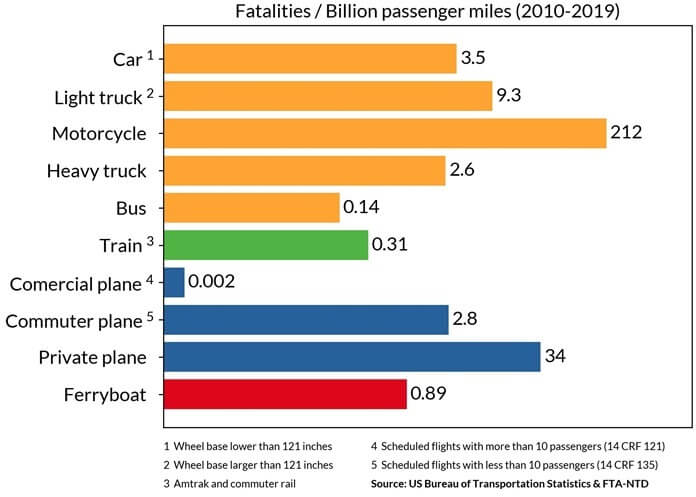
- According to data compiled by the Bureau of Transportation Statistics (BTS) for 2010-23, the safest mode of transport was air travel – not private jets, but commercial aviation. The fatality rate per million passenger miles was 0.002.
- Buses are the second safest vehicle (0.14 deaths per million passenger miles).
- And the train rounds out the top three leaders – 0.31 deaths per million passenger miles.
But motorcycles are the most dangerous. For every million passenger miles traveled, there are 212 deaths among American motorcyclists.
Russia has its own statistics, which take into account the total number of deaths, without recalculating the distance traveled.
Number of fatalities in transport accidents in Russia
| 2012 | 2013 | 2014 | 2015 | 2016 | 2017 | 2018 | 2019 | 2020 | 2021 | |
| on railway transport | — | 2 | 8 | 3 | — | 3 | 1 | 3 | 1 | 1 |
| by road transport, thousand | 28 | 27 | 27 | 23.1 | 20.3 | 19.1 | 18.2 | 17 | 16.2 | 14.9 |
| on sea transport | 10 | 1 | 2 | 12 | 9 | 6 | 6 | 16 | 5 | 3 |
| on water transport | 1 | 11 | 3 | 5 | 2 | 2 | 1 | 3 | 2 | — |
| by air transport | 90 | 102 | 59 | 60 | 59 | 50 | 128 | 70 | 35 | 71 |
According to Rostransnadzor, the Ministry of Internal Affairs of Russia, and the Federal Air Transport Agency.
- Automobile transport is the leader in this indicator – 210.8 thousand people.
- Flying is much safer - 724 fatalities in the last 10 years.
- Sea transport is considered even safer (70 fatalities).
- The safest forms of transport were inland waterways and rail transport, with 30 and 22 fatalities, respectively.
7. Motorcycles and mopeds

They are ranked last in the ranking of the safest transport in terms of passenger miles (212 deaths).
But in the total number of fatal accidents over the past 10 years, according to US data, motorcycles and mopeds are second to cars – 49,067 fatalities versus 125,725, respectively.
6. Freight transport
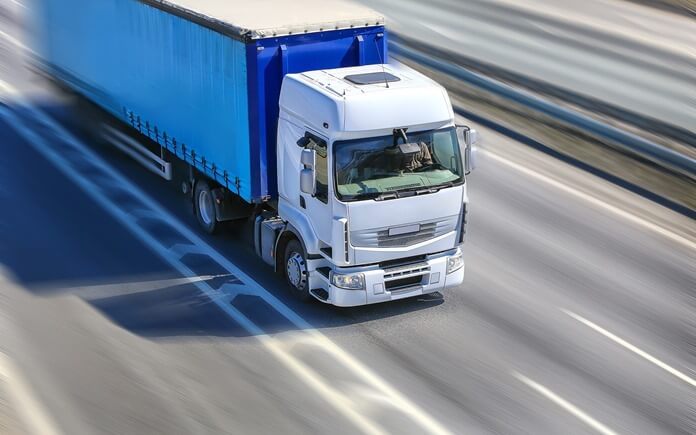
According to American statistics, 97,067 deaths occurred in vans, pickups and other vehicles with a wheelbase greater than 300 cm over 10 years. Heavy-duty trucks accounted for 7,358 victims.
When looking at fatality data by passenger miles, the picture is as follows: 9.3 fatalities per million passenger miles for light trucks and 2.6 fatalities for heavy trucks.
According to Russian statistics, freight transport accounts for 9% of the total number of road accidents.
5. Cars
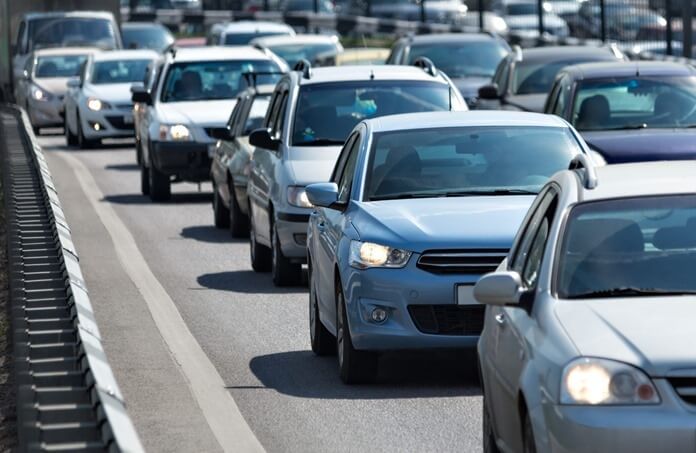
There are a lot of cars in the world (over 1.2 billion) and 95% of them are passenger cars. It is not surprising that they are one of the most dangerous types of transport.
According to statistics, cars accounted for 125,725 deaths from 2010 to 2019, and that's just in the U.S. According to passenger miles, there are 3.5 fatal accidents for every million miles.
In Russia, there were 210.8 thousand deaths, including all motor vehicles on the roads and streets of the country.
4. Water transport (boats, motorboats, yachts, ships)

One of the safest modes of transport in Russia (70 fatalities on sea transport and 30 on inland water transport). In the US, only cases on ferries were counted - 0.89 per million passenger miles or 4 people in total mortality.
3. Railway transport (trains, trams, metro)
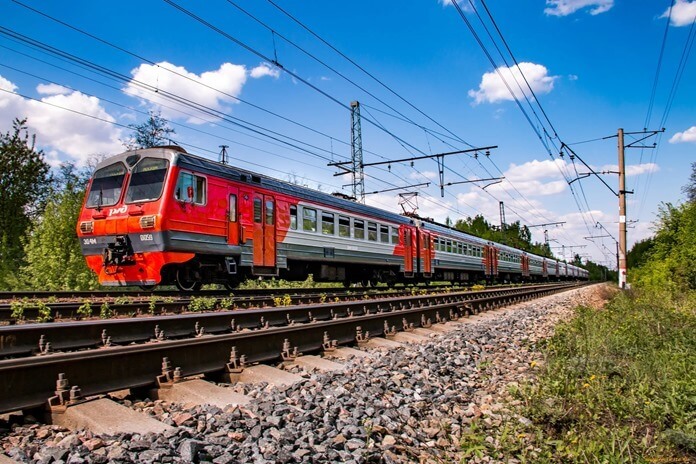
In Russia, there have been the fewest fatalities on public rail transport over the past 10 years – namely, 22. In the US, there are more – 57 cases. Or 0.31 deaths per million passenger miles.
2. Buses

US statistics show 0.14 fatalities per million passenger miles over the past 10 years, or 478 fatalities in total.
Russian statistics from RIA Novosti (not ten years, since there is no separate sample for buses) show that in the largest accidents involving buses alone, 24 people died in 2021, and 26 people in 2020.
1. Airplanes
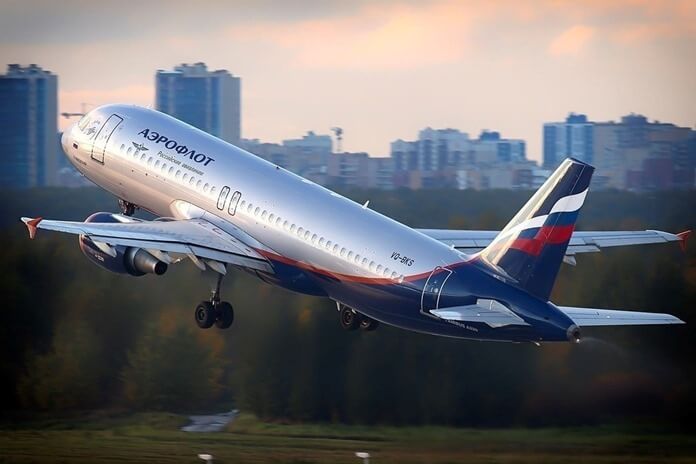
If we consider only fatalities, we clearly see that land transport accounts for the largest share. Trains, planes and water transport have much lower numbers. However, private jets are significantly different in safety from commercial aircraft, with 100 times more people dying in them.
The odds of dying while traveling by air are statistically 1 in 8 million. The fact that there were only 16 fatalities in commercial aviation in the United States from 2010-2019 (or 0.002 people per million passenger miles) shows how safe this transport is. During this period, there were more than 100 million aircraft departures in America.
In Russia, the statistics are different: 724 people over 10 years.
Why is the airplane the safest form of transport?
Aircraft undergo rigorous pre-flight preparation, are constantly modified, and their safety is increased thanks to new developments. Before each flight, pilots undergo a medical examination and receive full information about the weather on the route, wind speed and direction, possible turbulence, the optimal route, alternate airfield, etc.
There is also a big difference in the mileage of ground vehicles and aircraft, so the "accident-free day" in aviation is more important when calculating safety.

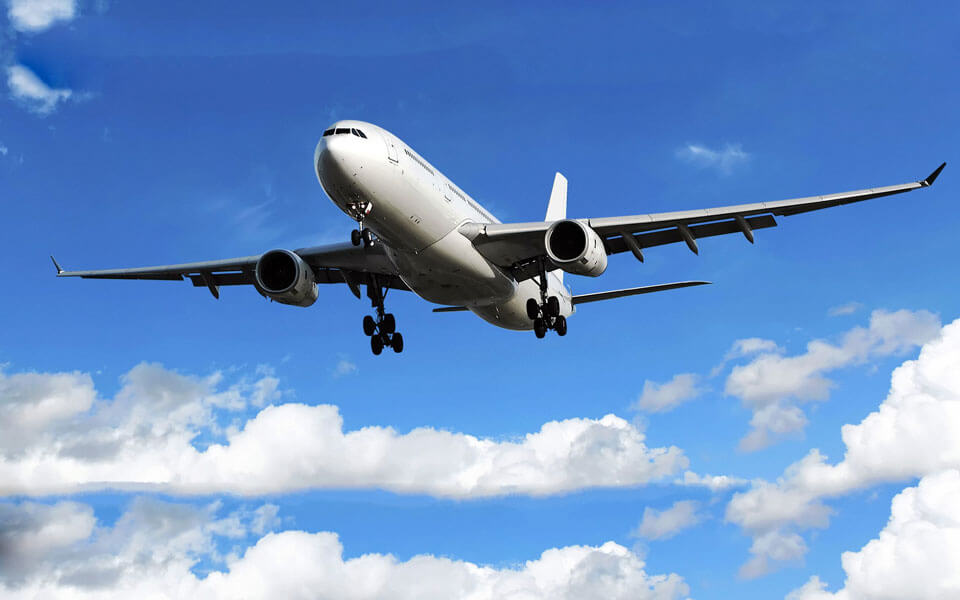





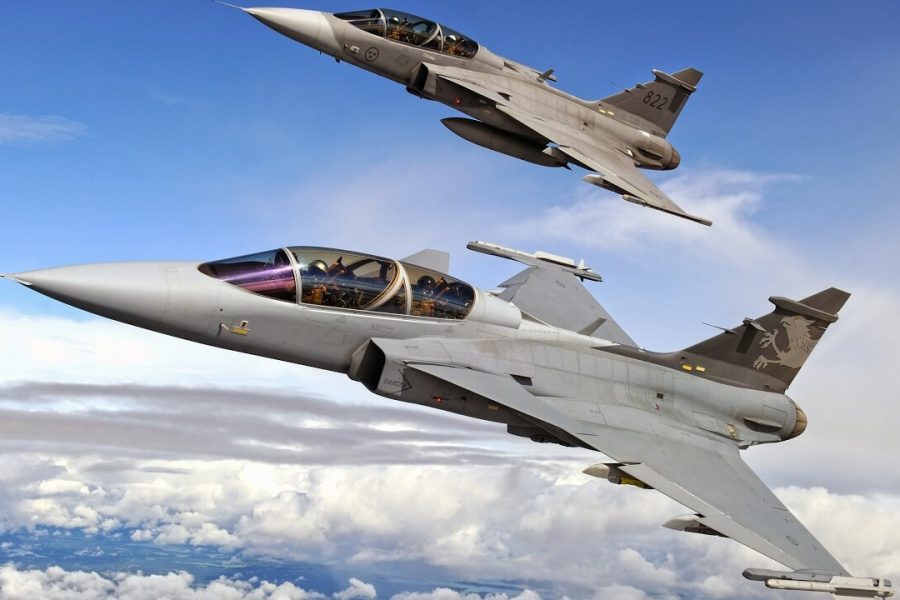






Оставить Комментарий